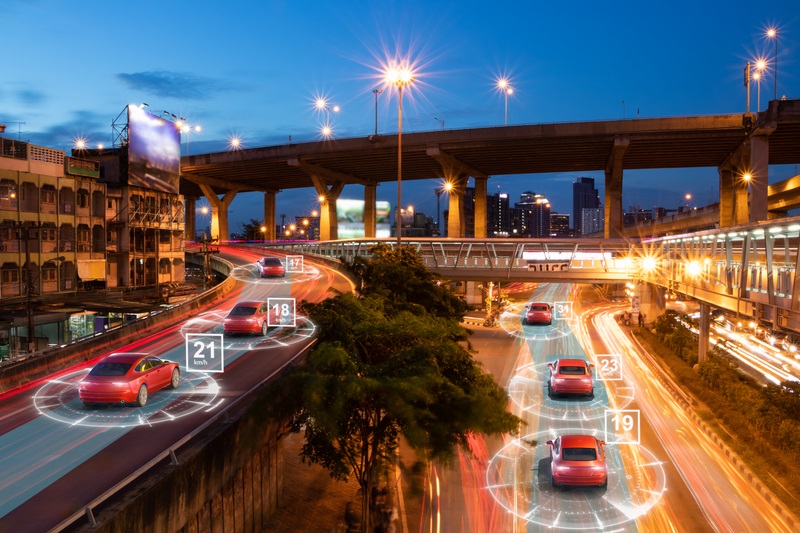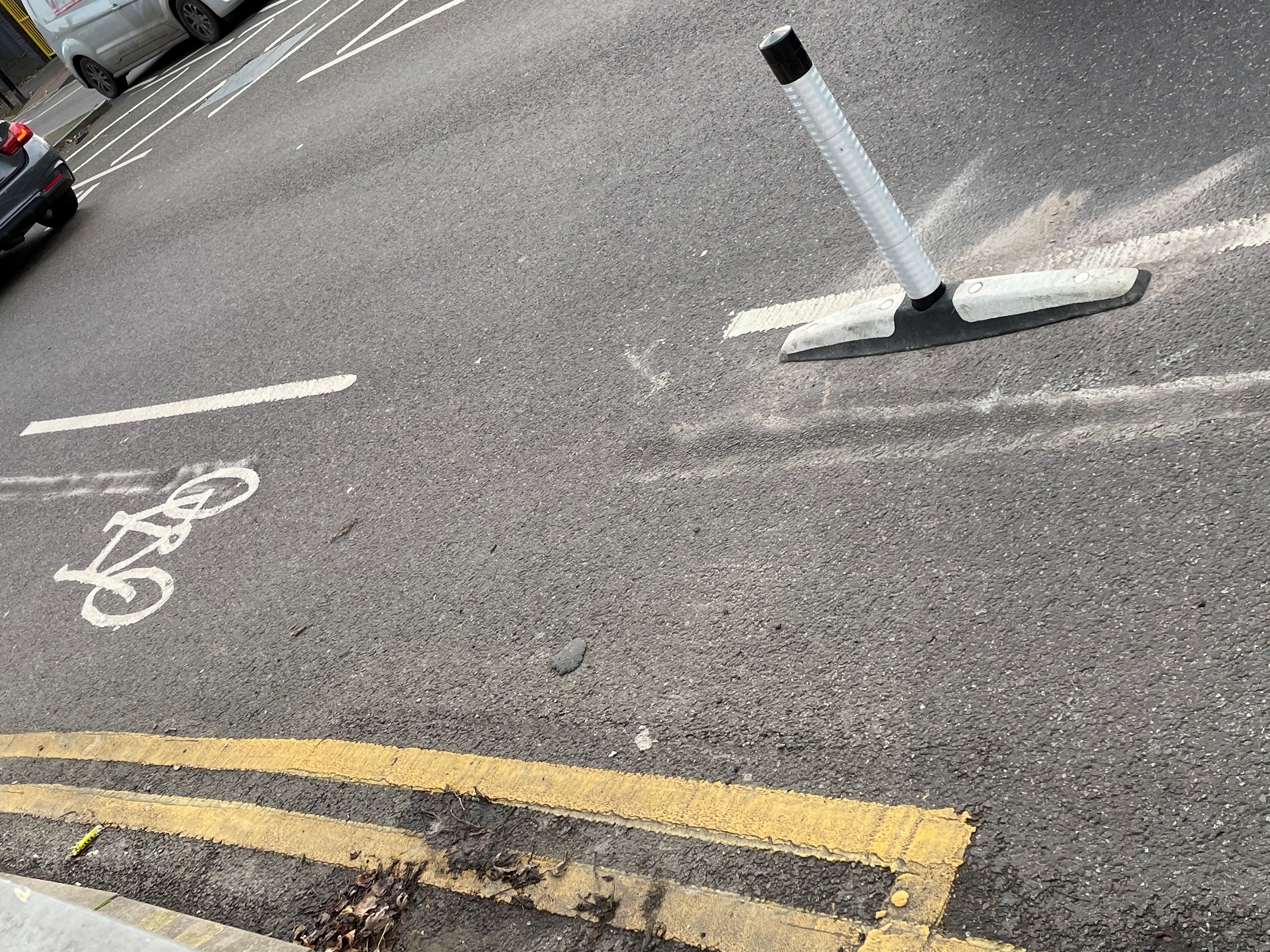
Integration of new mobility technologies is far from even across the globe and dependent upon many factors, including government buy-in and private company innovation. However, as a recent study highlights, the move toward adopting and developing road networks at all levels continues with some countries acting as standout examples of what can work.
The comprehensive 249-page New Mobility & Road Infrastructure: international benchmark 2020 covers 20 countries in North and South America and Europe, Mexico, China, South Korea, Japan and South Africa. It was headed by Routes de France and the European Union Road Federation (ERF) using data collected between March last year to March this year - just before the Covid-19 pandemic was declared.
European countries represent half of those in the benchmark. A close look shows that Northern European states are more mature in integrating new mobility into their road infrastructure than their southern neighbours, especially for electric mobility.
Norway and Sweden have been the reference for several years for research on road electrification. However, the Netherlands leads in deployment of recharging networks. Southern Europe appears to be more dependent upon grant schemes to support the sector. The European automotive industry sees electromobility as a strategic issue, including for freight transport and logistics. In this sense, the European Battery Alliance is a joint initiative to be welcomed and encouraged at the European Union level.

The analysis is more nuanced concerning autonomous and connected mobility. The Netherlands remains the most advanced, with clear support for digitalisation of all road equipment. The Scandinavian countries, Germany and the UK have open experimental legislation on autonomous vehicles, detailed national strategies and plans as well as strong support from the automotive industry and start-up companies. Mobility as a Service, cooperative ITS and mapping technologies are often quoted.
Southern European countries are more cautious in this regard, having more restrictive legislation regarding the deployment of this mobility.
Urban mobility
Europeans have the stated objectives of reducing pollution and cutting motoring. As such, large cities and governments are emphasising soft mobility and reducing the use of private cars in favour of public transport. Numerous initiatives to redefine urban and road space are suggested. Cities are moving towards flexible travel options through multimodal, accessible and inclusive mobility solutions. Roads are seen as a necessary sharing space between different types of mobility, for example via dedicated lanes.
However, European countries appear to be slow to modify their road infrastructure, citing the already high cost of maintaining and servicing an ageing network. For the moment, the integration of new mobility goes more through road equipment than through the road itself. Generally speaking, the integration of new mobility involves mostly the adaptation of road facilities.
In North America, private actors, particularly the so-called GAFA business group - Google, Amazon, Facebook, Apple - play a key role. For example, they address users directly by proposing an integrated offering with new transport services. The federal political structure of these countries also shows the weight of certain internal states and provinces as a driver for these new mobility services.
This trend can also be observed in China where the BAT group of companies - Baidu, Alibaba, Tencent – which are the Chinese equivalent to the GAFA, are involved in many sectors including transport.
In Asia, new forms of mobility are developing through a strong political will on the part of the public authorities, supported by a strong interaction with national industry. This is particularly the case in China and South Korea.
At the European Union level, it should be noted that partnerships have been set up between EU member states and manufacturers to develop and support a European industry in electric mobility.
Common ground
Each country agrees on the importance of a good road network to ensure the movement of goods and people under good conditions, to guarantee safety and access to services and to promote equity between territories in terms of regional planning and attractiveness.
As road transport modes are dominant in all countries, they need to find solutions for congestion, sustainability of road maintenance, road safety, reduction of greenhouse gas emissions, overall performance of their transport systems and financing.
In Europe, the trend is to achieve a more balanced system between on-board vehicle connectivity equipment and external connectivity equipment, particularly with relation to autonomous vehicle safety.

In the field of decarbonised mobility, the challenges of low emissions vehicle development are linked to the deployment of charging stations and terminals, in particular hydrogen-powered. While governmental or industrial choices are acting in favour of decarbonised mobility, road infrastructure is not yet considered an essential element in the development of electric mobility.
In Canada and the US, authorities are focused on road safety issues in the context of autonomous driving. The upgrading of road networks is more in line with patrimonial logic and accessibility rather than connectivity.
This is not the case in Asian countries, which focus on infrastructure connectivity. Road equipment - for example, markings, signs, roadside cameras - are more developed than technologies for the road surface.
In Asia, the expectation for autonomous driving is that road infrastructure should support services – Vehicle to Vehicle or Vehicle to Infrastructure communication - and the use of traffic data is for the benefit of the user. In North America, where the road mode is dominant for land transport, users demand an adaptable infrastructure to support different modes in urban areas.
In Latin America, the priority is focused more on the maintenance of the existing network and the completion of missing links in land use planning.
Lessons for Europe
Within Europe, the role of road infrastructure is generally underestimated. Its role is essential for the development of connected, autonomous and carbon-free mobility. It occupies a central place for the development of new mobility, enabling the ecological and energy transition, which is a priority of the European Union’s Green Deal, a set of policy initiatives by the European Commission with the aim of making Europe climate-neutral by 2050.
Furthermore, the maintenance and adaptation of road infrastructure are prerequisites for the development of new mobility. Significant levels of public investment are needed to accompany this change, notably with the help of the future European Recovery Plan, a European Union proposal to help repair the economic and social damage brought by the coronavirus pandemic. The plan was agreed in July and now must be enacted by member state parliaments.
There will be a follow-up study based on events from March 2020 to March 2021 that takes in the effects of the Covid-19 pandemic.
The full benchmark study is available as a free download at www.erf.be
French initiative
The report was produced with support from the University Gustave Eiffel as well as technical and financial support from Business France, a French government agency created in 2015 through a merger of UbiFrance and the French Agency for International Investment (InvestInFrance). Business France promotes French businesses globally and also international investment into France.
Countries included in the study are Canada, US, Mexico, Chile, Argentina, China, South Korea, Japan, Portugal, Spain, France, UK, Belgium, Netherlands, Germany, Austria, Norway, Sweden, Finland and South Africa.
Its objective is to analyse how countries are approaching new forms of mobility - connected and autonomous, carbon-free and urban mobility - and to identify the place of road infrastructure and its equipment in these developments. A fact sheet for each country describes the role of public authorities, private players and local authorities and also measures their levels of maturity, their choices, their prospects, the acceptability of their users and possible economic models.
This is a longer version of the article which appears in ITS International November-December 2021











